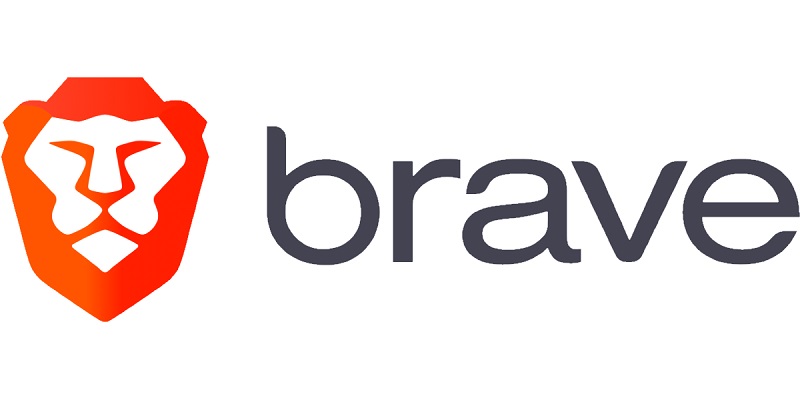Technology
Brave Browser for PC

Technology
Microsoft Expands Copilot Voice and Think Deeper
Technology
Google Launches Free AI Coding Tool for Individual Developers
Technology
Elon Musk Unveils Grok-3: A Game-Changing AI Chatbot to Rival ChatGPT
-

 Entertainment4 weeks ago
Entertainment4 weeks agoZZ Top’s Frank Beard Takes Break from Tour Due to Health Issues
-

 Entertainment4 weeks ago
Entertainment4 weeks agoZouk Los Angeles Opens with Celebrities and Epic Performance
-

 Entertainment4 weeks ago
Entertainment4 weeks agoKanye West Drops New Album ‘Bully’ with Film Starring Son Saint
-

 Entertainment4 weeks ago
Entertainment4 weeks agoRadiohead Teases Potential New Music with Business Filing
-

 Entertainment3 weeks ago
Entertainment3 weeks agoAustin Abrams to Lead Zach Cregger’s ‘Resident Evil’ Reboot
-

 Entertainment4 weeks ago
Entertainment4 weeks agoSunita Williams Returns Home After 8 Months in Space
-

 Uncategorized4 weeks ago
Uncategorized4 weeks agoJustin Theroux and Nicole Brydon Bloom Are Married
-

 Entertainment3 weeks ago
Entertainment3 weeks agoAmazon Taps Harry Potter and Spider-Man Producers for James Bond Franchise Overhaul





